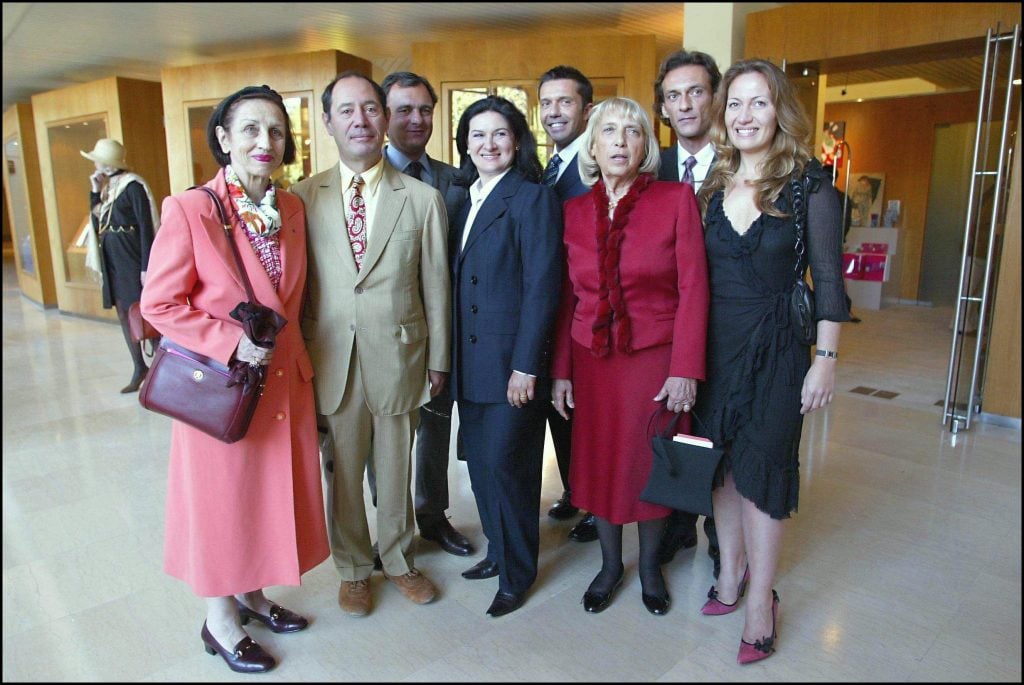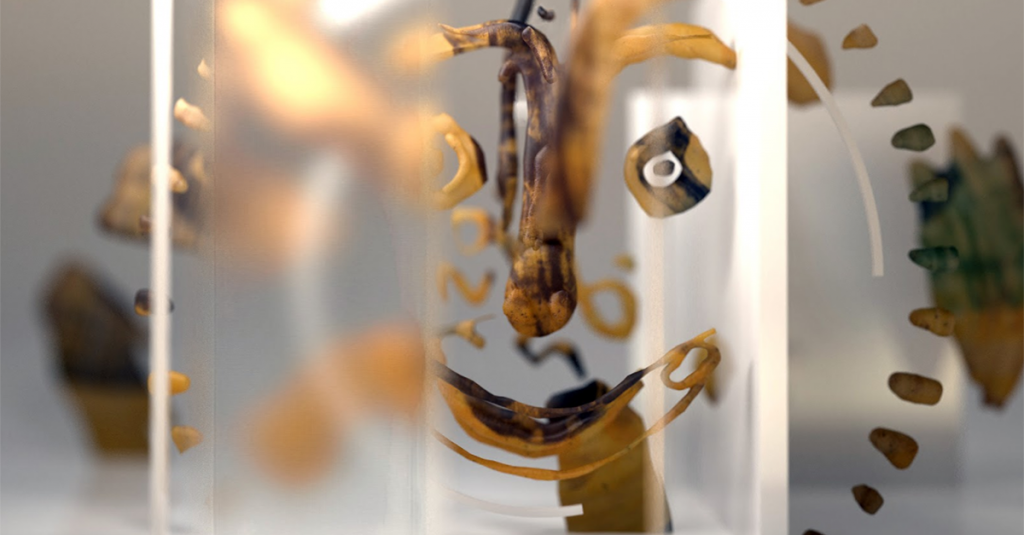NFTs
Picasso’s Granddaughter and Her DJ Son Want to Mint 1,010 NFTs Based on the Artist’s Work. The Rest of the Family Is Not Having It
John Legend and Nas had even made a song about the bowl. Really!

John Legend and Nas had even made a song about the bowl. Really!

Sarah Cascone

Pablo Picasso’s family members are duking it out.
Earlier this week, the artist’s granddaughter, Marina Picasso, and her DJ son, Florian, announced plans to release more than 1,000 NFTs on January 28 based on a never-exhibited ceramic bowl the artist made in 1958.
As part of the rollout, Florian also teamed up with John Legend and Nas on “Tomorrow,” a new song inspired by what was to be the first Picasso NFT collection.
But the plan, which was marred from the start by inconsistencies in the family’s story, has been stopped in its tracks by the Picasso Administration, which manages works held by five of Picasso’s three surviving children (Maya Widmaier Picasso, Claude Picasso, and Paloma Picasso, and grandchildren Marina and Bernard Ruiz-Picasso).
Because the of the structure of the foundation, which manages Picasso’s intellectual property, any NFT plans would have to be authorized by Claude, who objects to the plan. Without that approval, a so-called Picasso NFT would be a “counterfeit,” Picasso Administration lawyer Jean-Jacques Neuer told the AP.

Members of the Picasso family in 2002. From left to right, Francoise Gilot, Claude Picasso, Eric Thevenet, Paloma Picasso, Olivier Widmaier Picasso, Maya Picasso, Richard Widmaier Picasso, and Diana Widmaier Picasso. Photo by Pool Interagences/Gamma-Rapho via Getty Images.
“What’s happening is that some members of the family don’t agree with the project, and don’t want the name mentioned,” Florian told the Associated Press.
Now, his representatives say the NFT collection will be based on Florian’s work, not his famous forebear’s.
Initially, Marina and Florian had delved into the family collection to create the NFTS, collectively titled “Picasso Man and the Beat.” The imagery on a large ceramic bowl Picasso painted in 1958 was to become the basis for five short animations set to snippets of the new song.
“It’s a work that represents a face, and it’s very expressive,” Marina Picasso told the AP when the plan was first announced. “It’s joyful, happy. It represents life.”
But even before the rest of the family objected, the project hit bumps.
The press release touting Picasso’s crypto-art debut claimed the sale would be accompanied by an auction of the actual ceramic bowl, plus a one-of-a-kind NFT, at Sotheby’s New York in March.
The auction house, however, denied being involved. Representatives of Picasso’s heirs then said the sale would proceed later at a to-be-determined auction house.
“We’ll announce later the way we’ll conduct that auction in a very unique and historical way,” Florian told Artnet News in an email. The fate of the bowl is now unclear.

Picasso Man and the Beat is the first Pablo Picasso NFT collection. Courtesy of Marina and Florian Picasso.
The family had planned to release a total of 1,010 NFTs, with five works, collectively titled Visage de Couleur, to be sold in an edition of 200 each. The two-part sale was also to include a ranked auction, running for 23 hours, offering 10 editions of a piece titled Visage de Lumière.
The NFT release was meant to take place in two parts. A ranked auction was to be held on Nifty Gateway, while the main sale had a dedicated website hosted by Origin Protocol, a decentralized marketplace.
“‘Picasso Man and the Beat’ is bridging together the past and the future, representing how traditional forms of art and their legacies are being migrated to the burgeoning NFT landscape,” Origin Protocol cofounder Matthew Liu told Artnet News in an email while the sale was still set to proceed.
Were he alive, Picasso would have embraced in this new artistic frontier, Florian believes.
“Evolution played a huge role in Picasso’s personal and artistic development and we believe that NFTs mirror that as they begin to infiltrate our society,” he said. “He would be interested in its abstract influence on the art world.”
As far as the musical collaboration with John Legend and Nas, Florian said it was a perfect complement.
“I have always been a fan of their music and thought having them both on a record for the first time would lead to a fantastic result,” Florian said. “The music enhances another aspect of dimension and emotion that the piece already offers.”